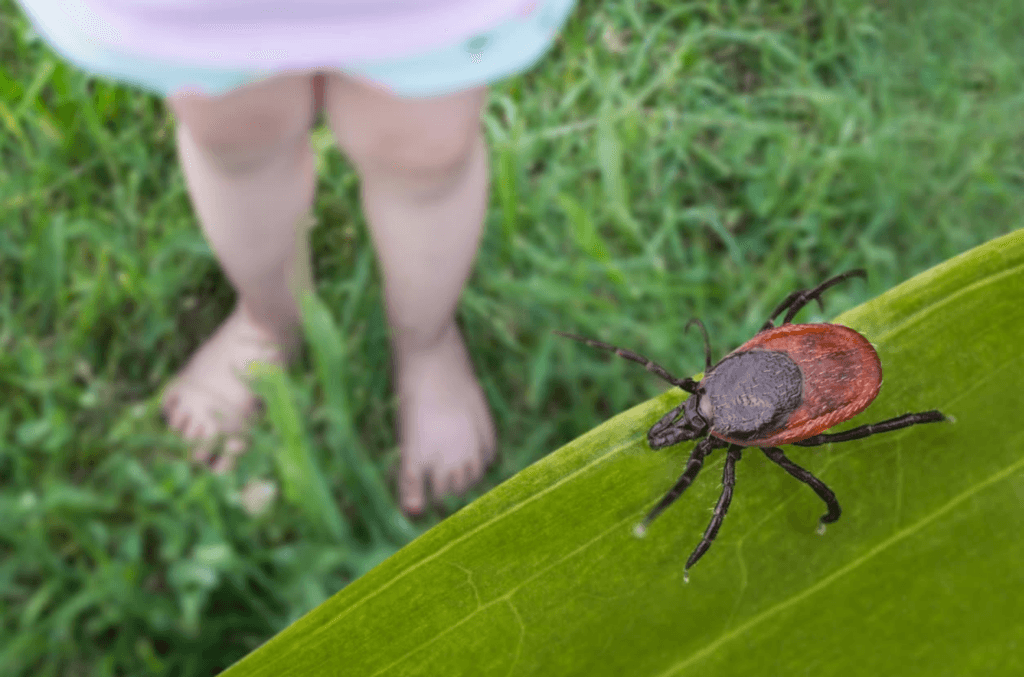May Is for Protection: Safeguard Your Pets, Your Peace of Mind, and Your Home with Clegg’s Pest Control

May brings warmer weather, blooming flowers—and three important reminders for every family in North Carolina:
- National Pet Month
- Mental Health Awareness Month
- Tick Awareness Week (May 4–10)
At Clegg’s Pest Control, we understand that your pets are more than animals—they’re family. And when your home is invaded by pests like fleas and ticks, it doesn’t just impact your pets’ health—it affects your entire household’s well-being. This month, we’re raising awareness around prevention, safety, and peace of mind, all while offering solutions designed to protect what matters most.
National Pet Month: A Time to Celebrate (and Protect) Our Furry Companions
May is National Pet Month, a time to celebrate the unconditional love, loyalty, and emotional support our pets provide every day. But with warmer weather comes an increased risk of flea and tick infestations, which can turn joy into stress.
Why Fleas and Ticks Are More Than a Nuisance
- Fleas can cause severe itching, allergic dermatitis, hair loss, and even anemia in pets. They also carry tapeworms and bacteria.
- Ticks can transmit Lyme disease, Rocky Mountain spotted fever, ehrlichiosis, and tularemia—affecting both animals and humans.
Ticks often latch onto dogs and cats outdoors, then drop off indoors where they reproduce, turning your home into an infestation zone.

Mental Health Awareness Month: Because a Pest-Free Home Is a Peaceful One
A clean, pest-free home isn’t just about comfort—it’s a cornerstone of mental well-being. Persistent pest problems create stress, disrupt sleep, and impact daily routines, especially when your pets are suffering too.
Studies show that having pets helps reduce anxiety and depression. But when your furry friend is scratching all night from flea bites or bringing ticks into your living space, it’s hard to feel calm.
By investing in preventative pest control, you’re protecting not only your physical health, but also the emotional wellness of your entire family.
Tick Awareness Week: May 4–10 – Know the Risks, Take Action
As part of Tick Awareness Week, we encourage homeowners to be vigilant and proactive.
What You Should Know About Ticks
- Most active in spring and summer, especially in tall grass, wooded areas, and leaf piles.
- Can transmit serious diseases in just 24–48 hours of attachment.
- Often go unnoticed—especially on pets or young children.
What You Can Do
- Check pets daily for ticks after outdoor time.
- Keep your lawn trimmed and landscaping clean.
- Use vet-recommended flea and tick preventatives.
- Schedule professional yard treatments to create a protective barrier.

Fleas and Ticks: Small Pests, Big Problems
Fleas and ticks may be tiny, but the problems they bring into your home can be overwhelming. Once introduced—whether through your pet, yard, or even your clothing—these pests reproduce rapidly and are notoriously difficult to eliminate without professional intervention.
The Flea Threat
- Fast Reproduction: One flea can lay up to 50 eggs per day, quickly turning a small problem into a full-blown infestation.
- Persistent Bites: Flea bites are itchy and irritating to both pets and humans, often leading to allergic reactions or skin infections.
- Disease Carriers: Fleas can transmit tapeworms, cat scratch disease, and even murine typhus.
Fleas often nest in carpets, pet bedding, upholstery, and cracks in hardwood floors, making complete removal a challenge without targeted treatment.
The Tick Danger
- Silent Threats: Ticks attach without being felt and can go undetected for hours or days.
- Serious Diseases: Ticks transmit illnesses like Lyme disease, Rocky Mountain spotted fever, ehrlichiosis, and more, posing a real health risk to your family.
- Outdoor Origins: They thrive in wooded or grassy areas and easily latch onto pets or clothing before finding their way indoors.
Ticks don’t just pose a risk during outdoor adventures—they can infest your yard and linger near foundations, leaf piles, fences, and shaded areas. Regular yard maintenance and professional treatment are key to keeping them at bay.
A few species of ticks may be common around buildings. The brown dog tick is the most common species that infests inside homes. Black-legged tick is responsible for most Lyme disease cases in Northeast/Midwest. Lone star tick & American dog tick also may transmit Lyme Disease.

Clegg’s Comprehensive Protection
With over 50 years of experience across North Carolina, Clegg’s Pest Control offers expert, affordable, and pet-safe pest management solutions.
At Clegg’s Pest Control, we use a multi-step flea and tick treatment process designed to target both adult pests and their developing eggs and larvae. Our licensed technicians treat indoor spaces like baseboards, pet areas, and carpets, along with outdoor hot spots where pests breed and hide.
Pair our services with your veterinarian’s preventative flea and tick program to create a strong, layered defense for your pets and home.
No matter where you are in North Carolina, we’re here to help you enjoy spring without pests.
Pest-Free Living with Clegg’s: More Than Fleas and Ticks
In addition to flea and tick control, we also offer:
- General Pest Control: Protecting against ants, cockroaches, spiders, rodents, and more.
- Termite Control: Prevent costly damage before it starts.
- Bed Bug Services
- Moisture Control: Eliminates damp environments where pests thrive.
- Commercial Services: Custom plans for businesses and facilities of all sizes.
May Specials – Because Protection Should Be Affordable
To help more families protect their homes, pets, and peace of mind, we’re offering:
- $39 OFF your first general pest control service
- $100 OFF your first termite service
- 15% OFF bed bug treatment
- 15% OFF for veterans and active military
Offers valid for new residential customers. Restrictions may apply.
Book Your Free Pest Inspection Today
Whether you’re concerned about fleas and ticks, want to take action during Tick Awareness Week, or just want to make your home a stress-free zone, Clegg’s Pest Control is here for you. Because when your home is pest-free, everyone—including your pets—can breathe a little easier.
Let’s make May the month you reclaim your home.
Call us at (888) 672-5344 or click here to schedule your free pest inspection today.
